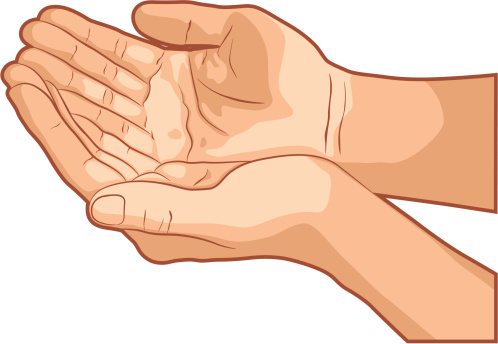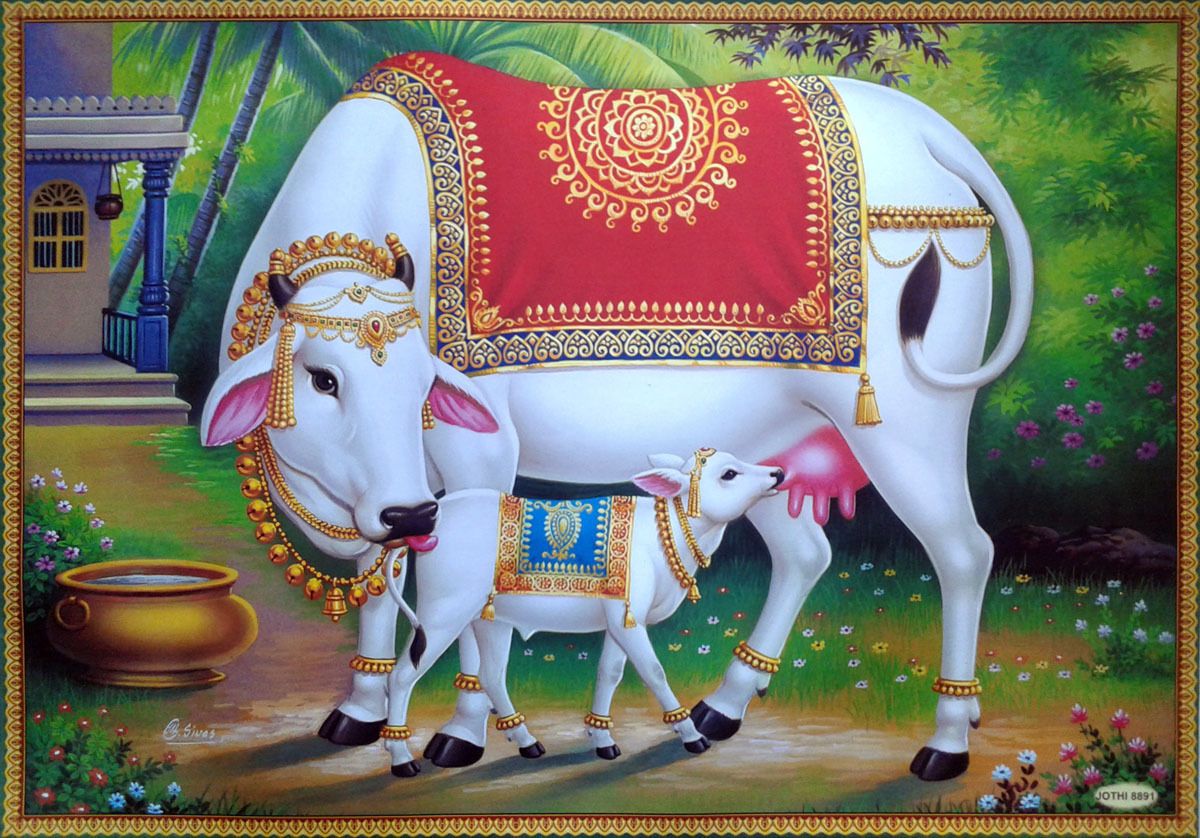How much and how often should we eat?
One of the most frequently asked questions by patients who want to lose weight or want to get healthy is to ask the doctor, dietitian, or a nutritionist mostly about the food and nutrition and one of the least frequently asked questions is to ask them how much they should eat.
Most people when they sit down to eat, find it hard to stop eating and leave the food on their plate even if they had enough unless they did not like the food. Rarely you will find men take less food on their plate and be satisfied with that. Women frequently can manage that in order to keep their bodily shape attractive.
Frequently in the past, especially before 2010, and sometimes even now, when I tell some of my obese patients to cut back on the portions of the food they eat, I frequently hear that it is difficult for them to do so as they were always told to eat everything that they had on their plate from childhood, and after growing up, it was hard for them to eat less once they begin eating. During childhood, if they did not finish the food on their plates, their parents would tell them to think of all the poor people in China and India. They did not know why they had to think of them and finish the food on their plates. The food was never sent to China and India, but they got into the habit of finishing the food on their plates!
Now in India and China, they think of all the people in the western world and have changed their eating habits to consuming more unhealthy foods.
There was a time in India, when food was always served by the cooks or a female member of the family who would serve the necessary portions of different varieties of foods that included different permissible food groups. They sat on the floor to eat or had a very low table to sit on and would be served food on a plate/disposable leaf “plate”, on the floor or on another very low table. They would sit with folded legs in Sukhsana. To eat, they had to lower their heads and necks which created a temporary “tummy tuck” so they would not overeat. Eating with their heads and necks bent forward as if to show respect to the food they ate, also prevented aspiration of the food/food going into the windpipe/trachea, by partially closing the windpipe, and allowing the food to slide over the epiglottis into the food pipe/esophagus. It was never a buffet meal, and they could not just “eat whatever you can”. There were no vomitoriums like the way they had in ancient Rome. Everyone focused mainly on eating and did not talk while eating, chewed food well and drank minimum amount of water if they had to, to not dilute the gastric juices in the stomach. It was considered unhealthy to drink water and “put the fire out” in the stomach before the food was cooked by the stomach acid. This is still carried out in many families in India, but it is not a common practice anymore. Most people now eat at the dining table and do not eat with the right posture. Eating in that sitting posture with folded legs also allowed more blood to go to the gastrointestinal system. After a meal, they would sit in Vajrsana for 15-20 minutes to help metabolize the food faster. They still had only one bowel movement per day when lived a balanced life.
Since the eating habits have changed now, it is important for everyone to know how much we should eat. You must be thinking that I would come up with some formula and make you calculate the calories, right? Yes, that is also possible but not practical. Not only that, doing it that way is not fun. Food should not only nourish you but also satisfy you. The amount of food one should eat varies from person to person, in different circumstances, time of the day and with active versus sedentary lifestyle.
Let me share a unique ancient Indian way of knowing the basic amount of food one should eat at a time.
In ancient India, religious ascetics (those wearing a sacred thread), those who had renounced from their worldly lives, would go from door to door to seek alms for survival and would accept only what they could hold in the cavity formed by putting their two palms side by side, as suggested by the scriptures.

This represents what an individual’s comfortable stomach capacity is to hold the food.
Now imagine your stomach as a blender in your body. Touch the base of your both palms and all the five fingertips to make a hollow folded hands prayer gesture. The cavity formed by two palms of an individual is about the size of that individual’s stomach in most cases.
In the stomach here, the food is churned initially and mixed with the acid in the stomach to “cook” it well and to mix with some gastric enzymes/digestive juices.
For the blender to work efficiently, each meal should include only 50% of solid foods, 25% of water and 25% of air which means keep 25% of your stomach empty to allow this “blender” to function well.
The recommended amount is the amount that would fit into one palm as solid compacted food, another half palm space for liquid food to allow the solid food to churn well (e.g., dal, soup, etc.) and the last remaining half palm space to be left for air. When the stomach movement churns the food, the food will mix well and not overflow unless overfilled which can cause gastric reflux or GERD. One should remember that there is no valve between the esophagus, and the stomach and it is only the diaphragmatic crurae or tendinous structures which contract to close off the esophagus to not allow the food to go back up in to the esophagus. When there is truncal obesity or some structural issues, these crurae are not able to come close together to cause a valve like effect.
From the stomach, the food goes into the duodenum, the first portion of the small intestine. If there is excess food in the stomach, it can also get into the duodenum before it is “well cooked” in the stomach and cause other digestive issues.
If you still want the formula to find out how many calories you should eat, then please refer to the formula from the internet.
Now that we have discussed how much we should eat at a time, we also have a question as to how often we should eat the above suggested amount? So, my next question is- why do most people want to eat?
There could be a physical hunger where brain receives a message that there is less glucose in the brain cells and sends the signal to the stomach to create a feeling of hunger. Alternately, it could be a mental hunger and frustration and food can give instant gratification especially with sweets. People also get hungry faster when they have metabolized their food faster due to workouts. Some eat because they see the food and get tempted. People also eat because they have programmed their bodies and brain to eat at a certain time even if they are not hungry. Young children frequently are fed on time and as a result, they frequently are forced to eat even when they are not hungry.
Eating multiple times before 4 hours interval, except when undernourished or with certain medical conditions, makes liver get fatigued and metabolism suffers then.
We recommend not eating 2 hours before bedtime and eating supper rather than dinner in the evenings.
There are many diets including the intermittent fasting diet which has gained a lot of popularity recently. One size does not fit all, similarly, one rule does not work for all.
As per Ayurveda, people are divided into 3 main body types or VPK doshas i.e., Vata, Pitta, and Kapha types. Kapha types benefit from intermittent fasting or two meals per day as their metabolism is slower and will help them lose weight whereas Vata and Pitta types may need regular mealtimes and 3 meals are preferred and should eat when they are hungry but not overeat. Intermittent fasting is not preferred for Vata and Pitta types on a regular basis, but they may benefit from occasional fasting. Children should not be fasting completely but may go on eating fruits and light vegetables fast instead of regular food.
Partial fasts where instead of the regular food, Satvik food (uncooked, unsalted, unprocessed food) is consumed 4 days before the full moon or no moon cycle, improves mental stability. Fasting does help detoxify the body and one should learn more before going for a prolonged period of fasting.
Do not fast when your body is in a catabolic state e.g., chemotherapy, etc. Also, excessive fasting is not necessary. There are many ways to detoxify the body.
It is important to have a regular eating cycle or rhythm for eating and digestion. Discipline in eating is very important and at the same time adding desserts to meals from time to time often helps reverse the stress. Try to spell the word “d-e-s-s-e-r-t-s” in reverse and you will find the word “s-t-r-e-s-s-e-d”.
“Every tongue likes sugar and fat” can be said true for all the cultures in the world for ages. Sugar and fat both are unhealthy for the body except when eaten infrequently in moderation. Addition of fat to sugar retards bacterial growth and probably retards the formation of alcohol in the gut (auto-brewery syndrome) too.
Over the years, I have told my patients that if they go to a party and have a desire to have desserts and unhealthy foods then they should start with them and leave the healthy foods for later if any space or desire are still left. It is not fair to oneself to put additional concentrated calories from sugar and fat in one’s body after a full meal. In India, we ate sweets along with the rest of the meal so that we had a chance to avoid some other calories if we chose to. At the same time, when the food is served, it is easier to say “no” to excess calories than to shamelessly keep devouring.
I hope this helps get a basic practical understanding of how much and how often one should eat.
Dr. Darshana Kadakia
June 24, 2021









Leave A Comment